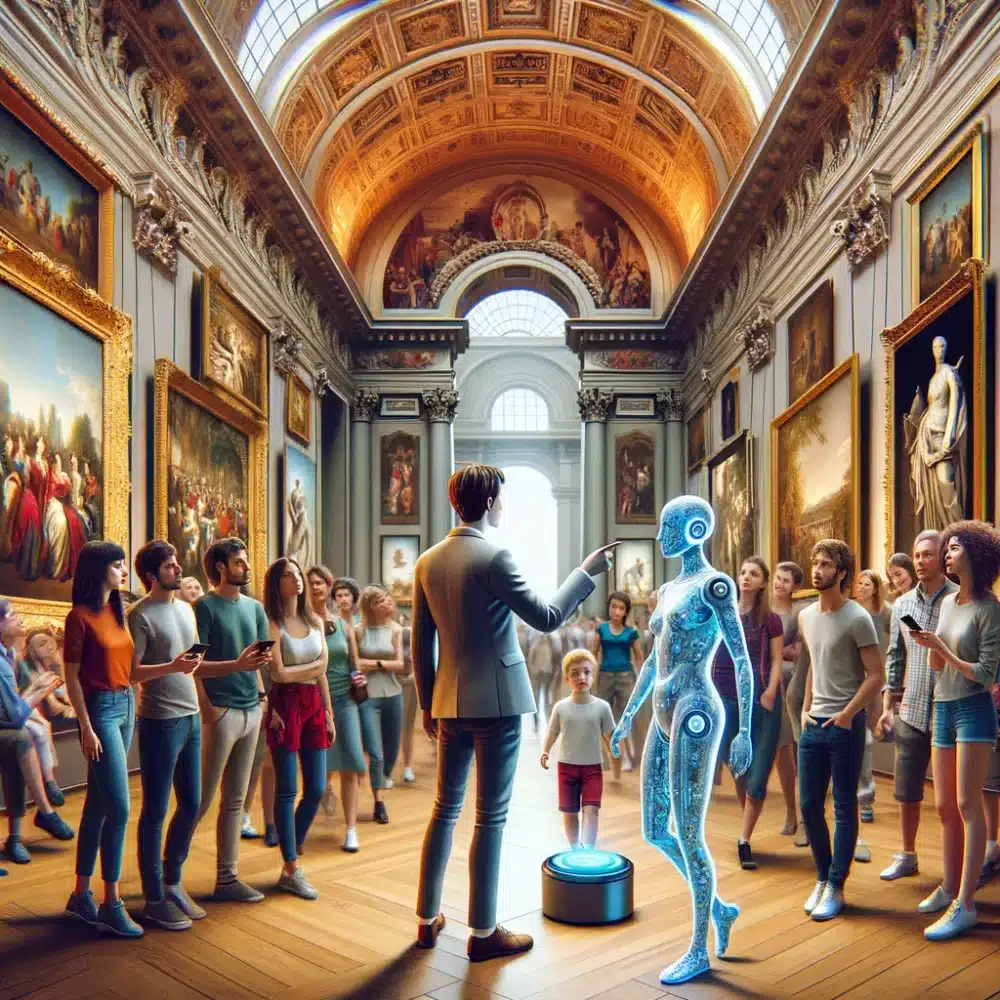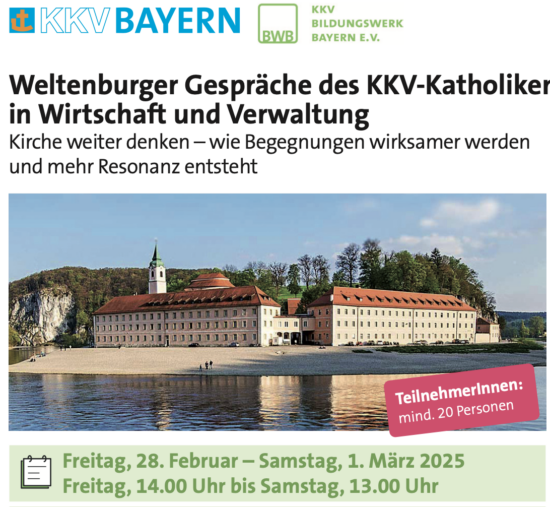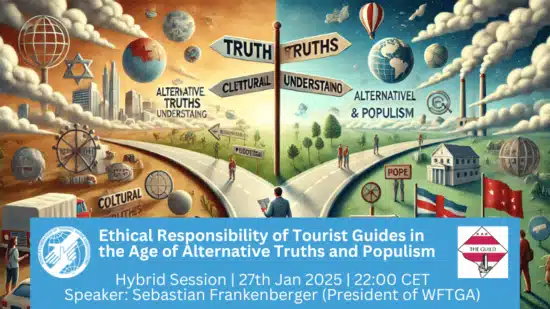In the eternal city of Rome, surrounded by the countless treasures of the Galleria Borghese, I recently had an experience that not only changed my perspective on art and culture, but also on the role of technology in our access to these treasures. Imagine you are strolling through the halls of a museum and your gaze falls on a sculpture or a painting that captures your attention. But instead of just reading a written guide or waiting for a group tour, start a direct dialog with a digital assistant – with ChatGPT.
This is not a distant dream of the future, but a reality that has the potential to radically change the way we learn, discover and engage with art and culture. Thanks to advances in AI technology, it is possible to interact with a machine in real time, ask questions, discuss interpretations and gain personal insights into the artworks in front of you.
A dialog with art
In Rome, my dialog with ChatGPT allowed me to dive deep into the stories and meaning behind the statues and paintings of the Galleria Borghese. This form of interaction enabled me to express my thoughts and feelings and receive immediate, well-founded feedback. It was as if I had a personal guide at my side who not only enriched my knowledge, but also deepened my perception and understanding of art.
The power of 150 languages
Another revolutionary aspect of this technology is its linguistic diversity. Imagine being able to communicate with the AI in your native language or in one of 150 different languages. This opens the door to a more inclusive and accessible cultural experience for people from all over the world, regardless of their language skills.
The project and the way forward
Inspired by this experience, I am currently developing a project that aims to explore AI-guided tours and museum visits and develop concrete ways of using them. A lecture for museums and tourism associations is being planned, and a series of workshops will soon follow.
We are on the cusp of a new era of cultural experience, where technology is bringing us closer to art and history than we could ever have imagined. By using AI like ChatGPT, we can not only expand our knowledge, but also create a deeper, more personal connection to art that goes beyond traditional guided tours.





